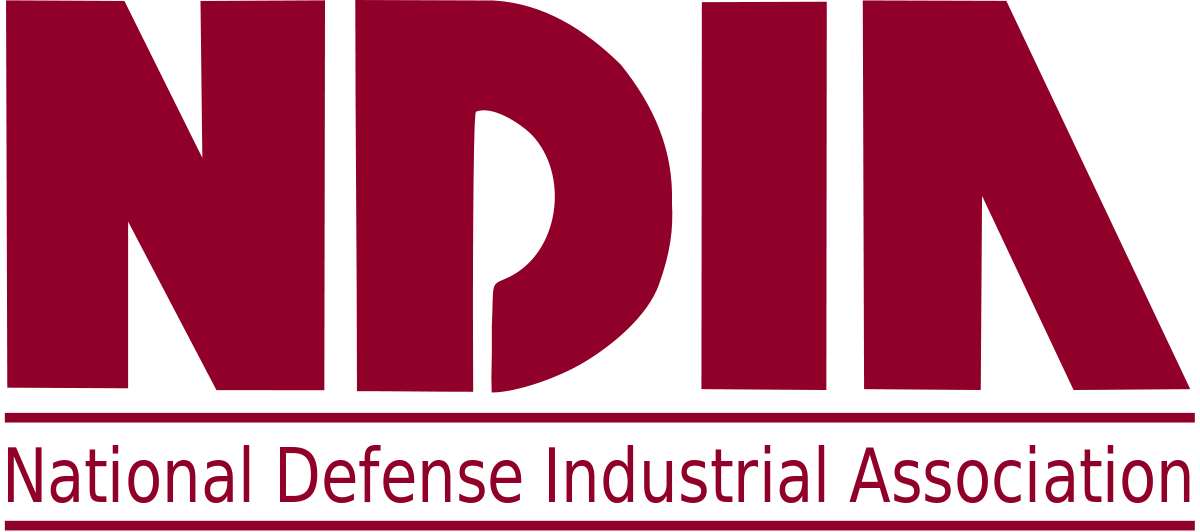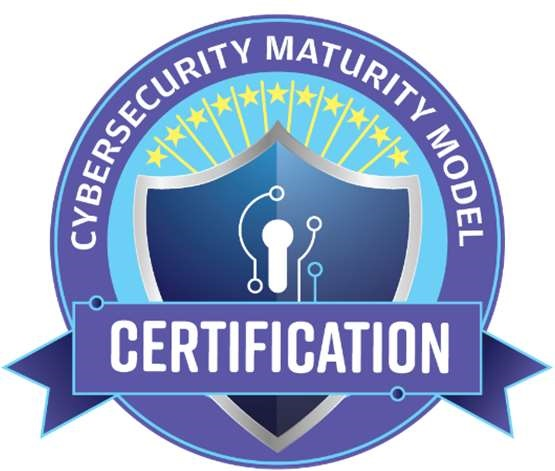If you’re unsure whether a dataset should be marked as Controlled Unclassified Information (CUI), there’s a simple yet powerful tool that can help: SIPOC.
SIPOC stands for Suppliers, Inputs, Processes, Outputs, and Customers. Originally used in quality and process improvement, SIPOC is also incredibly effective for navigating the CUI determination process, especially when the data lifecycle involves the DoD.
Too often, organizations try to label data as CUI based solely on the file or a single activity. But CUI is contextual; its designation depends on the data’s purpose, its source, and its contractual and handling requirements

How SIPOC Helps You Spot CUI
SIPOC helps teams break down the lifecycle of a dataset, offering logic and traceability when determining whether CUI is involved.
- Supplier – Who provided the data? (e.g., federal government client, DoD, aerospace and defense prime contractor)
- Input – What was shared? (e.g., technical data, product or program specifications, technical and functional requirements, instructions)
- Process – How is it used? (e.g., governance and compliance review the data, engineering enhances the data, subcontractor analyzes the data)
- Output – What’s produced? (e.g., reports, derivative work containing the supplied input (CUI?))
- Customer – Who receives the final result? (e.g., DoD, DHS, NASA, prime, receiving modified data that retains the identity of the supplied input, a product or service in fulfillment of the contract)

When all arrows point back to the DoD, DFARS 7012, or a CUI Registry category, you’ve got your answer.
Example SIPOC: DoD Dataset Under Contract
| SIPOC Element | Details |
| Supplier | DoD program office or prime contractor (via DD254 or DFARS 252.204-7012, including flowdown) |
| Input | Engineering data, technical drawings, or performance requirements marked or intended as CUI |
| Process | Reviewed, analyzed, or enhanced by subcontractor personnel in support of the contract |
| Output | Reports, modifications, or derivative works containing original DoD data |
| Customer | DoD or prime contractor receiving modified or derived data for contract fulfillment |
Using SIPOC during discovery helps eliminate assumptions and might just save hours of backtracking during CMMC assessments or audit prep.
When Data Isn’t CUI, Even with DFARS 7012
Let’s flip the scenario. Just because DFARS 252.204-7012 appears in a contract doesn’t mean all data exchanged under that contract is CUI.
This is where SIPOC becomes even more valuable, especially with COTS (Commercial Off-The-Shelf) products and related documentation.
Not all data under DFARS 7012 requires NIST 800-171 implementation or a CMMC Level 2 certification. Context and intent matter.
If the data is publicly available, not marked as sensitive, and supports a COTS product, it may not be CUI, even if 7012 is present.
Example SIPOC: COTS Dataset, Not CUI
| SIPOC Element | Details |
| Supplier | Commercial vendor (e.g., ruggedized laptops, the Commando 3000 Shower Head) |
| Input | Publicly available specs, warranty info, user manuals |
| Process | Publicly available specs, warranty info, and user manuals |
| Output | Standard documentation, compatibility checklists |
| Customer | DoD personnel evaluate the product; no sensitive modifications |
Even with DFARS 7012, if the data isn’t tied to Covered Defense Information (CDI) or marked/documented as CUI, it doesn’t require CUI-level protections.
This distinction is critical for manufacturers and resellers supporting the DoD without handling sensitive data. SIPOC provides a way to document the logic behind your determination.
SIPOC for Dual-Use & Export-Controlled Data
Now it gets more complex. Some data isn’t just CUI; it may also fall under Export-Controlled Technical Information (ECTI) via ITAR or EAR. Even if you’re focused on CMMC, SIPOC can help expose when a dataset:
- Is CUI under the DoD Registry (e.g., “Export Control” category)
- Is subject to ITAR or EAR controls
- Requires a Technology Control Plan (TCP)
Example SIPOC: Dual-Use / Export-Controlled Data
| SIPOC Element | Details |
| Supplier | DoD or prime contractor; may also originate from internal R&D for defense and commercial applications |
| Input | Technical data (e.g., CAD models, material specs, propulsion schematics) used in defense systems with commercial viability — flagged for ITAR/EAR and CUI |
| Process | Reviewed, modified, or integrated by defense contractor personnel; subject to access restrictions (e.g., U.S. Persons only) and export compliance checks |
| Output | Engineering changes, design improvements, testing results — which remain export-controlled and CUI-designated |
| Customer | DoD customer, foreign military sales (with approval), or internal use within U.S. defense programs only |
This scenario surfaces multiple regulatory overlays, which SIPOC helps untangle:
- The data is CUI per the DoD CUI Registry
- It’s export-controlled under ITAR or EAR
- It may require a TCP with appropriate safeguards
While SIPOC doesn’t replace legal review or classification guides, it helps teams map risks and responsibilities clearly across data lifecycles.
Final Thoughts
Become friends with SIPOC. It’s a simple tool that delivers big value by helping your business units, security leads, and compliance teams make informed decisions about whether data is or isn’t CUI.
Whether you’re dealing with DoD contracts, off-the-shelf products, or export-controlled tech, SIPOC makes it easier to classify data, defend decisions, and prepare for audits.
Definitions
CUI: Info requiring protection per law or policy.
DFARS 252.204-7012: Clause requiring protection of CUI and incident reporting.
COTS: Commercial, unmodified items; data often not CUI.
ECTI: Export-controlled tech data often overlaps with CUI.
ITAR: Controls defense exports under 22 CFR.
EAR: Regulates dual-use exports under 15 CFR.
TCP: A safeguard plan is required for export-controlled info.
Reference Table: Regulatory Sources
| Requirement | Citation / Source |
| DFARS 252.204-7012 | DFARS Clause |
| Definition of CUI | 32 CFR Part 2002 |
| DoD CUI Registry | CUI Registry – DoD |
| Definition of COTS | FAR 2.101 |
| ITAR (Defense Articles and Services) | 22 CFR Parts 120–130 |
| EAR (Dual-Use Controls) | 15 CFR Parts 730–774 |
| Export-Controlled CUI Category | CUI Category: Export Control |
| Technology Control Plan Guidance | DDTC Best Practices for TCP |
The information provided in this article does not constitute legal advice. Organizations should seek professional legal counsel to address their specific compliance obligations.







